Table of content
Fried milk fruit, known as chao naiguo in Chinese, is a beloved dessert originating from the Guangdong province of China. This delectable treat combines a crispy golden exterior with a soft, creamy center, creating a textural contrast that has captivated food enthusiasts worldwide. Despite its name, this dish does not contain fruit in the traditional sense; instead, it gets its name from the milky, custard-like interior that resembles the tender flesh of certain tropical fruits. The dessert’s popularity stems from its balance of sweetness, simplicity, and the theatrical flair of frying a seemingly ordinary milk mixture into a golden, crispy delight.
This article will guide you through the intricate process of making fried milk fruit, from selecting the finest ingredients to mastering the frying technique. Whether you are a seasoned home cook or a curious novice, this recipe promises to impress with its blend of tradition and innovation.
Ingredients: The Foundation of Flavor
Creating the perfect fried milk fruit begins with assembling high-quality ingredients. Each component plays a crucial role in achieving the dessert’s signature texture and taste. Here’s what you’ll need:
- 500ml whole milk: For a rich, creamy base.
- 60g granulated sugar: Adjust to taste for sweetness.
- 40g cornstarch: Acts as a thickening agent.
- 2 tablespoons heavy cream (optional): Enhances richness.
- 1 teaspoon vanilla extract: Adds aromatic depth.
- Pinch of salt: Balances sweetness.
- 50g all-purpose flour: For dredging.
- 1 large egg: Beaten, for coating.
- 100g breadcrumbs: Preferably panko for extra crunch.
- Vegetable oil: For frying (peanut or canola oil recommended).
Optional Additions:
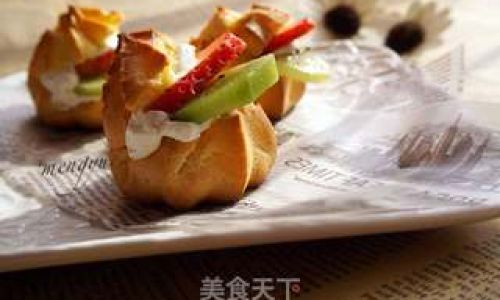
- Cocoa powder or matcha powder: For flavor variation.
- Shredded coconut: For tropical flair.
- Condensed milk: For a sweeter filling.
Equipment: Tools of the Trade
To execute this recipe flawlessly, gather the following kitchen tools:
- Non-stick saucepan: Prevents sticking during cooking.
- Whisk: Ensures a smooth, lump-free mixture.
- Thermometer: Monitors milk temperature accurately.
- 8×8-inch baking dish: For setting the milk mixture.
- Parchment paper: Lines the dish for easy removal.
- Sharp knife: Cuts the set mixture into uniform shapes.
- Three shallow bowls: For dredging (flour, egg, breadcrumbs).
- Deep-fry thermometer: Maintains optimal oil temperature.
- Slotted spoon: Safely removes fried pieces from oil.
- Paper towels: Drains excess oil post-frying.
Step-by-Step Instructions: Crafting Perfection
Preparing the Milk Mixture
In a non-stick saucepan, combine the milk, sugar, cornstarch, heavy cream (if using), vanilla extract, and salt. Whisk vigorously until the cornstarch dissolves completely, ensuring no lumps remain. This step is critical, as lumps can result in an uneven texture.
Place the saucepan over medium-low heat and stir continuously with a whisk. The mixture will begin to thicken gradually. Maintain a steady stirring motion to prevent scorching. After 8–10 minutes, the mixture should resemble a thick custard, coating the back of a spoon.
Pro Tip: For added flavor complexity, infuse the milk with a cinnamon stick or lemon zest during cooking. Remove these ingredients before pouring the mixture into the dish.
Setting the Mixture
Line an 8×8-inch baking dish with parchment paper, leaving an overhang for easy removal. Pour the thickened milk mixture into the dish, smoothing the surface with a spatula. Cover tightly with plastic wrap and refrigerate for at least 4 hours, or overnight. Chilling solidifies the mixture, making it firm enough to cut.
Troubleshooting: If the mixture remains runny after chilling, it may not have thickened enough during cooking. To fix this, return it to the saucepan and cook for an additional 2–3 minutes over low heat while stirring.
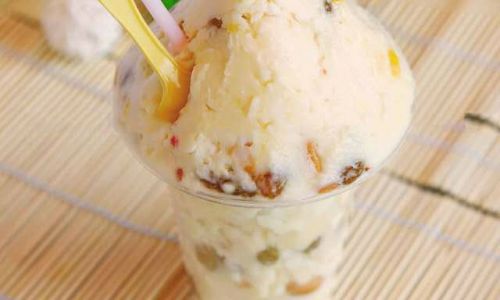
Cutting and Coating
Once chilled, lift the parchment paper to remove the milk block from the dish. Using a sharp knife, cut it into rectangular or diamond-shaped pieces, approximately 1.5 inches in size. For a modern twist, use cookie cutters to create fun shapes like stars or hearts.
Set up a three-step dredging station:
- Bowl 1: All-purpose flour.
- Bowl 2: Beaten egg.
- Bowl 3: Breadcrumbs mixed with optional cocoa powder or shredded coconut.
Coat each milk piece by first rolling it in flour, dipping it in egg, and finally covering it thoroughly in breadcrumbs. This coating ensures a crispy exterior during frying.
Variation: For a gluten-free option, substitute all-purpose flour with rice flour and use gluten-free breadcrumbs.
Frying to Golden Perfection
Heat vegetable oil in a deep skillet or fryer to 350°F (175°C). Use a thermometer to maintain this temperature, as fluctuations can lead to greasy or undercooked results.
Gently lower 3–4 coated pieces into the hot oil using tongs. Fry for 1–2 minutes per side until golden brown. Avoid overcrowding the pan, as this lowers the oil temperature and results in soggy coating.
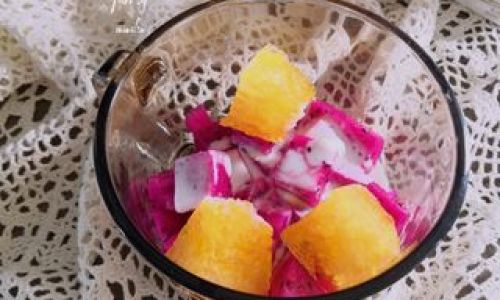
Transfer the fried pieces to a plate lined with paper towels to absorb excess oil. Serve immediately while warm.
Safety Note: Always exercise caution when frying. Keep children and pets away from the stove, and have a fire extinguisher nearby as a precaution.
Tips for Success
- Chilling Time: Do not rush the chilling process. Insufficient chilling leads to a soft, difficult-to-cut mixture.
- Consistent Stirring: Avoid walking away during the initial cooking phase, as the mixture can burn easily.
- Oil Temperature: Test the oil’s readiness by dropping a small breadcrumb into it. If it sizzles and floats, the oil is hot enough.
- Serving Fresh: Fried milk fruit is best enjoyed immediately, as the coating loses crispiness over time.
Common Mistakes and How to Avoid Them
- Soggy Coating: Ensure the oil is hot enough before frying. Cold oil causes the coating to absorb grease.
- Burnt Exterior: Fry in small batches to prevent temperature drops. Adjust heat as needed.
- Cracked Milk Block: If the chilled mixture cracks during cutting, it may have been overcooked initially. Next time, reduce cooking time by 1–2 minutes.
Creative Variations
- Chocolate-Dipped Fried Milk: After frying, dip one end of the piece in melted dark chocolate and sprinkle with sea salt.
- Matcha-Infused: Add 1 teaspoon of matcha powder to the milk mixture for a vibrant green hue and earthy flavor.
- Vegan Delight: Substitute whole milk with coconut or almond milk, and use agar-agar as a thickener instead of cornstarch.
- Fruit Compote Pairing: Serve with a side of strawberry or mango compote for a refreshing contrast.
Cultural Significance
Fried milk fruit holds a special place in Chinese culinary history, dating back to the Qing Dynasty. Originally a street food snack, it gained popularity during festivals and celebrations. Today, it symbolizes the ingenuity of Chinese dessert-making, transforming simple ingredients into a luxurious treat.
Conclusion
Mastering the art of fried milk fruit requires patience and precision, but the results are well worth the effort. This dessert’s crispy exterior and velvety interior make it a showstopper at dinner parties or a comforting indulgence for quiet evenings. Experiment with flavors, share your creations, and savor the joy of bringing a piece of Chinese culinary tradition into your kitchen.
Whether you’re a purist sticking to the classic recipe or a daredevil experimenting with bold flavors, fried milk fruit invites creativity and celebration. So, preheat your pan, gather your ingredients, and embark on a culinary adventure that bridges tradition and innovation—one golden, crispy bite at a time.
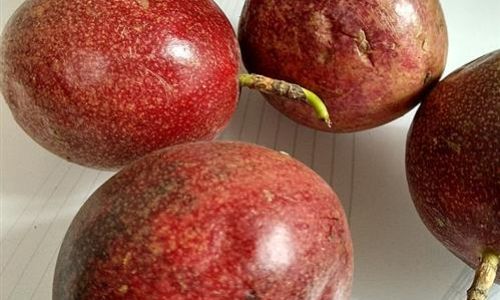
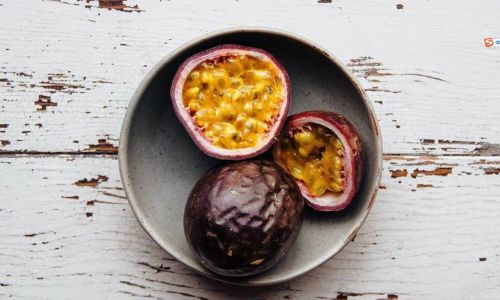
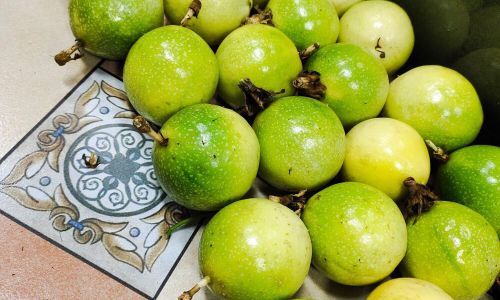

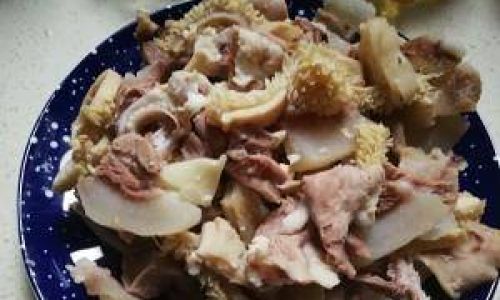
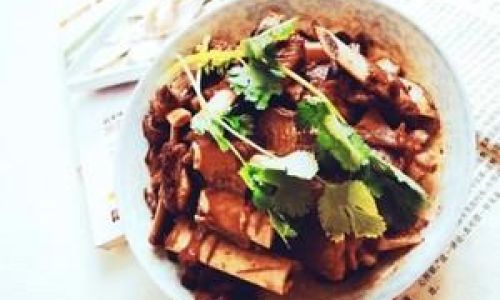
0 comments